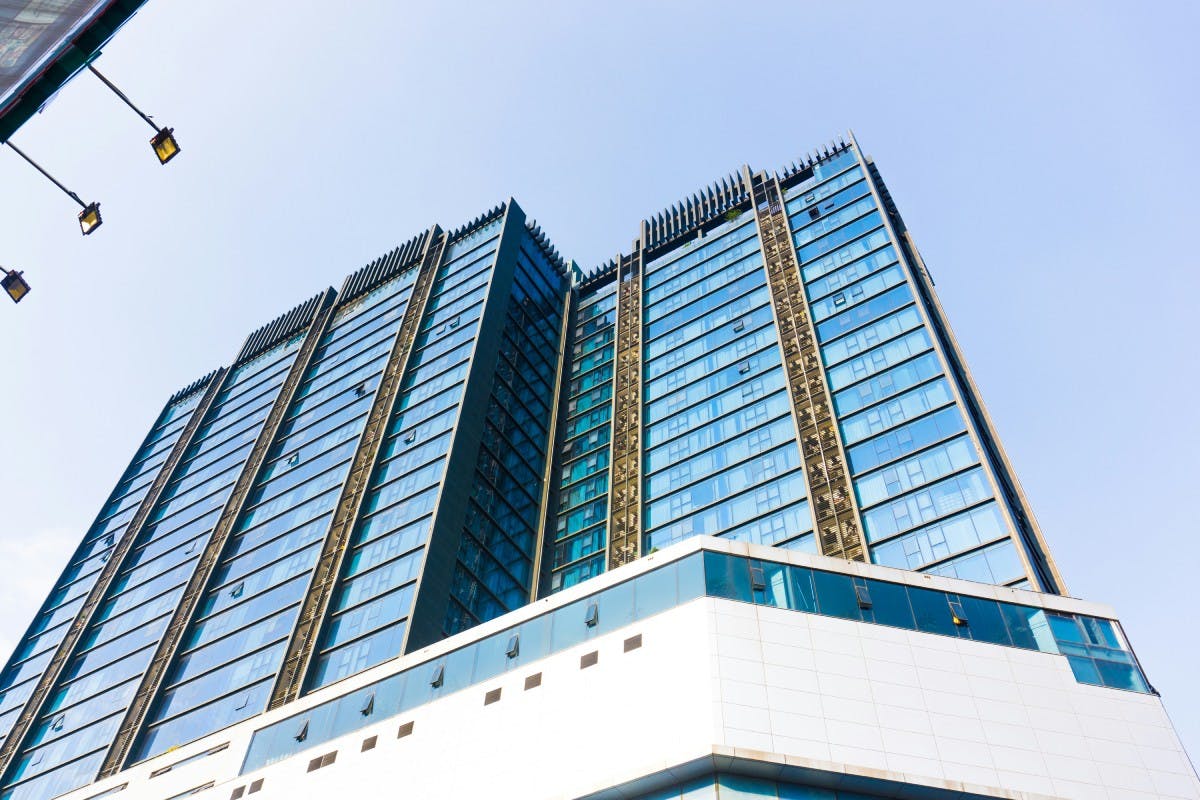Case Studies
Case study: Our $78.8m industrial portfolio sale: over 38% uplift in four years
Published
20 December, 2022
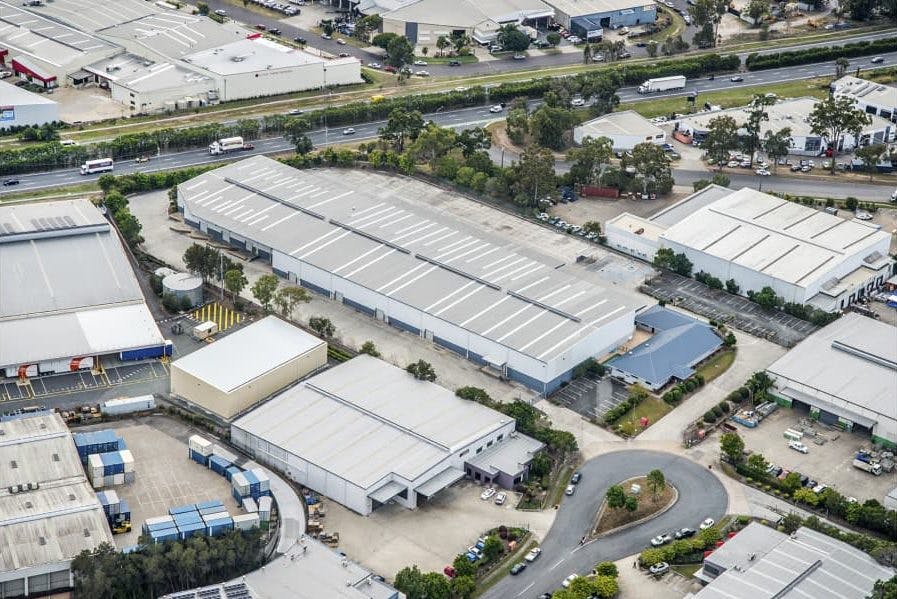
Overview
Intense market research and even an R&D-focused trip to the US in 2017 led us to a huge gap in the industrial market, well before the mainstream investor market found it.
We purchased a series of individual industrial assets, primarily logistics and warehousing premises with a list of must-have characteristics. We nurtured them with our curated asset management strategies and in-house management team. And finally, we packaged them for a monumental sale to multiple institutional buyers.
The result? Huge upside to our loyal investors. Get the full story below.
The Research
In 2017, we headed to the USA for a Large Format Retail tour, which – we didn’t then know – would reposition our investment mandate for the next half-decade.
Our portfolio had a heavy weighting to retail at the time, so we were moved to learn of the catapulting growth in American online shopping. Amazon – as a 100-per cent online retailer dominating the global retail market – was the story’s unmistakable hero, and at that time, Amazon’s first Australian distribution centre was due to open in 2018.
Back then, Amazon had 77 distribution centres across America, whereas the average number of their retail competitors’ sites was only four. An incredible difference. And that meant Amazon could deliver to 80 per cent of their customer base within a 50-mile journey from their distribution centre (while their competitors would need to travel an average of 575 miles from each of their distribution centres to reach 80 per cent of their customer base).
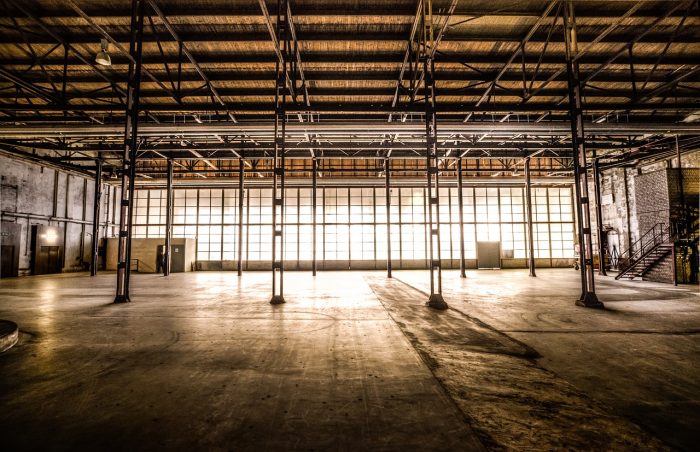
Amazingly, Amazon was dominating the retail market by delivering products to their consumers within 24 hours (and commonly faster than their consumers could get acquire those products themselves from any competitor’s brick and mortar store). And what’s more, Amazon were able to offer the delivery of their products at cheaper prices than their competitors purely because of the amazing logistics & distribution infrastructure they had with their 77 distribution sites. We saw this trend changing the future of the Australian logistics sector; we also saw a huge opportunity.
On the ground back home, our continued research showed an enormous undersupply of cold storage per Australian resident. Australia had a 2.5 million cubic metre shortage of cold storage, just to meet the demand of the urban resident in 2020. An undersupply and a clear growing demand for online food delivery (as Amazon had proved in the US) helped us conclude that it was the perfect time to enter the industrial market.
There’s a good saying, that in a goldrush it’s better to be the person selling the shovels than to be the person shovelling for gold. And when we discovered this information, we decided we didn’t want to shovel for gold; we wanted to sell the shovels.
We didn’t want to become a retailer; we wanted to be the landlords of the Amazons entering the Australian market.
So, in 2018 – six months after that US tour – we completed our research and bought our first industrial site. Our strength has always been assessing opportunities and risk faster than the market and remaining nimble to opportunities others might overlook. So, this pivot away from retail and towards industrial property held both excitement and the promise of fantastic returns for our investors.
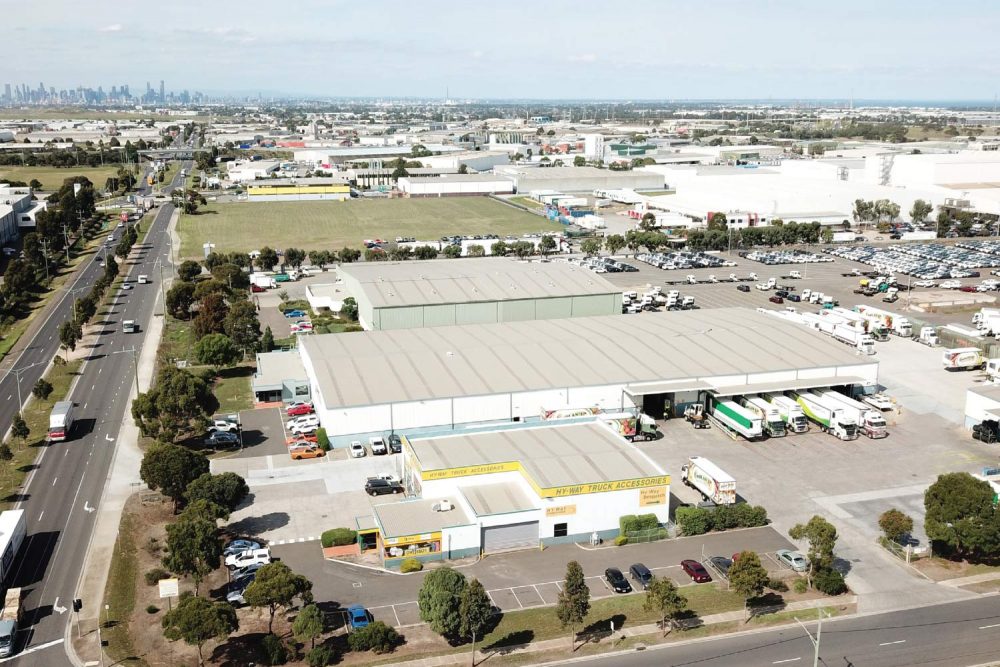
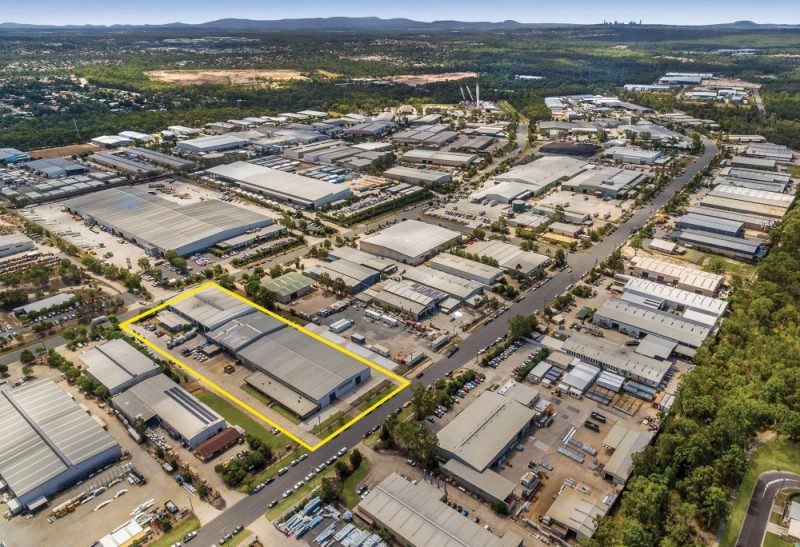
The Acquisitions
Buying good property is mitigating your downside and risk as much as you can, while exaggerating the potential upside for you and your investors. This has always been a cornerstone of our investment strategy, and we applied this same reasoning in our search for high-quality commercial industrial property.
We focused on the industrial market’s sub-sectors, specifically logistics, transport and warehouse. That’s because we wanted to be part of the infrastructure that retail giants – like Amazon, Aldi, Woolworths and Coles – would need as online consumerism took off and delivery of goods reigned supreme over in-store shopping.
And after a string of interviews with industrial logistics and transport tenants, we determined five in-demand characteristics of the perfect logistics and transport property:
1. Relevant location
Relevance for those tenants was all about proximity to population nodes. They wanted sites within five to 15 kilometres of our capital cities, and/or with great access to the road infrastructure, supporting the movement of freight and goods.
2. Accessibility to transport links
Because they are transport users and they’re largely using trucks, B-doubles and other heavy vehicles, logistics users want their premises to have efficient access to transport links and arterials roads, as well as being in suburbs with wide, easy-to-drive roads.
3. Corner sites
The tenants wanted the ability to drive into the site on one road and – without turning – drive out of the site on another road. That meant acquiring corner sites, or sites with dual access, was pivotal for the industrial portfolio’s success.
4. 50% warehouse ratio
Tenants told us they wanted a higher hardstand to warehouse ratio on their premises, enabling them to store freight and efficiently load/offload their trucks.
5. High internal clearance
And the final major characteristic was that the warehouse ceiling needed an internal clearance of at least nine metres. This meant tenants would be able to rack their goods much higher than they otherwise could with a smaller site, and thus maintain a considerable level of stock.
These findings enabled us to find properties that would not only meet the tenant demand at that time, but with all the research pointing to a strong future in the industrial market, enabled us to find properties that would meet the tenant demand tomorrow.
And those assets are exactly what we acquired. We found seven outstanding industrial properties across Australia which largely met these criteria and which we felt had a huge likelihood of maintaining tenancy due to their strong property fundamentals. They also enabled us to attract high quality tenants that an eventual buyer of these properties would love to be the landlord of.
The Sale
When COVID-19 hit Australia, office property became a worry for investors. Its relevance was questioned, as white-collar workers set up their offices at home and flexible work arrangements quickly became the norm.
So, institutional-grade investors began removing their interests from the office market and looked for a new home for their incredible amount of investment capital. Many of them found that home in the industrial market.
These investors – who, in 2018, were focused on office properties while we were focused on industrial – were looking for the type of industrial assets that would talk to the trend of COVID: the incredible reliance on online shopping and the huge follow-on requirement of logistics and transport operators.
Not only that but, Coles, Woolworths, ALDI, IGA and other supermarket chains all started to not just use, but to rely on the delivery on groceries during COVID-19, catapulting the need of well-located logistics property – particularly those with cold-storage facilities.
And as tenant demand increased, so did rents, which in-turn increased demand from institutional investors wanting to take advantage of this market trend. And, due to our early research, we were fortunate enough to already be the owners of quality industrial property.
We were able to put all our industrial assets into a portfolio and sell them to these institutional players, at a time when interest rates were historically low, which afforded very strong pricing.
The Outcome
Four years after our journey began, we crystallised our industrial portfolio sale, at a combined sale price of $78.8 million. This ultimately culminated in a 25 per cent annualised return for our investors and a total uplift of $21.8 million.
We think this is a handsome reward for coming on board with us and believing in our strategy from day one.
The numbers
$57m
Purchase Price
$78.8m
Sale Price
$21.8m
Value increase
38%
Capital uplift
25%
Average annualised investor return
Want to invest with us?
Contact us today, or subscribe to receive our Investment Updates and we’ll email you as soon as our next investment is around the corner.


